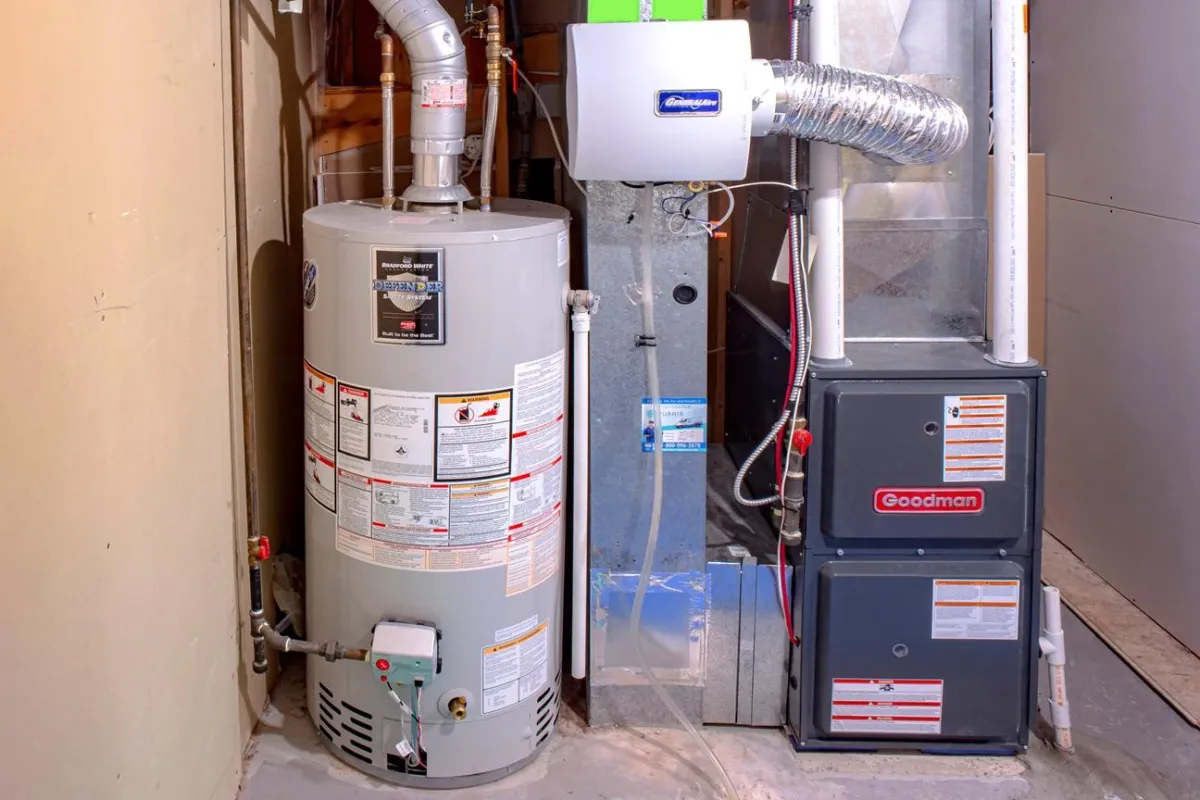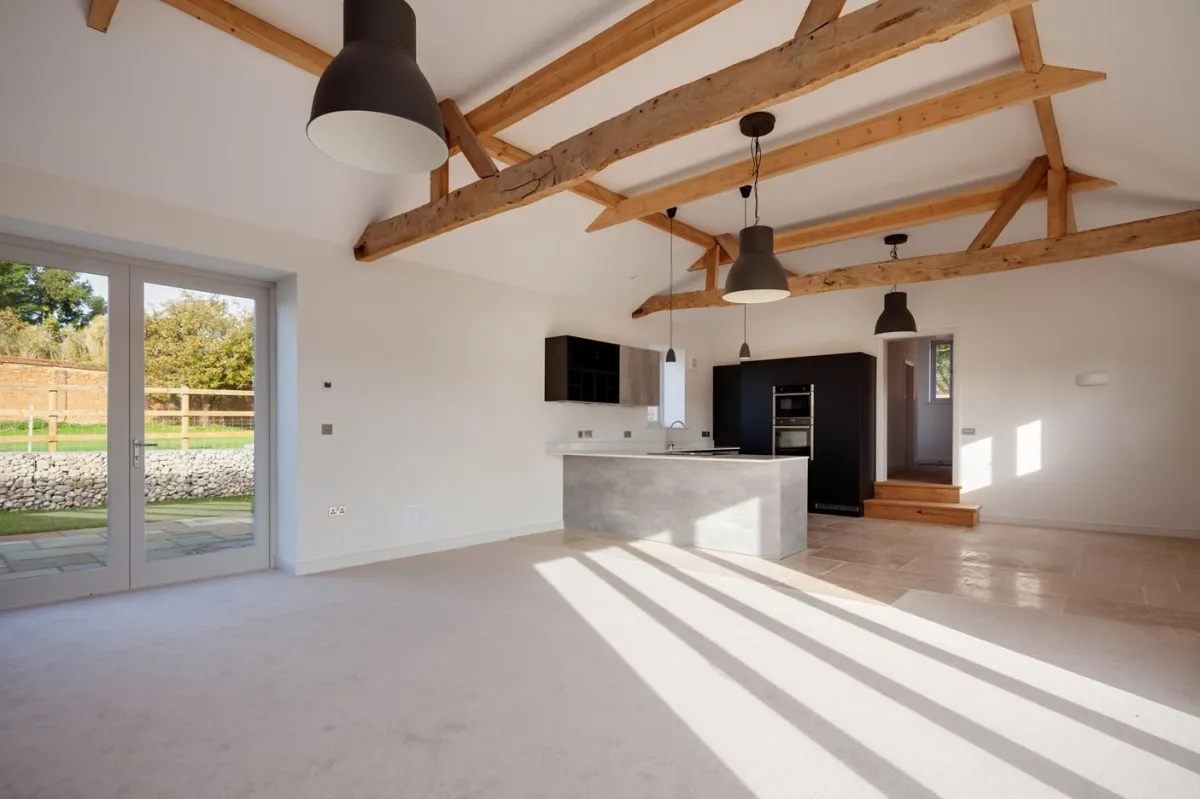VEHICLE WRAPS
Finding the Right Fit
As we strive for comfort and efficiency in our living and working environments, one crucial aspect often overlooked is the size of the HVAC (Heating, Ventilation, and Air Conditioning) system. Choosing the appropriate capacity of HVAC equipment is not a one-size-fits-all decision; it requires a thoughtful assessment of various factors to ensure optimal performance and energy efficiency. In this article, we'll delve into the key considerations for determining the right size HVAC system for your space.

Size of Space

The first step in sizing an HVAC system is to accurately measure the space it will serve. This includes both the square footage and the height of the ceilings. A larger space requires a more powerful system to adequately heat or cool it, while smaller spaces may suffice with smaller units.
Example: A small office space of 500 square feet may only require a 1.5-ton HVAC system, while a large commercial building spanning 50,000 square feet might need a 50-ton system to adequately heat and cool the space.
Insulation Quality
The level of insulation in your building significantly impacts its heating and cooling requirements. Well-insulated structures retain heat or cool air more effectively, reducing the workload on the HVAC system. Conversely, poorly insulated buildings may require larger HVAC units to compensate for heat loss or gain through walls, windows, and roofs.
Example: A well-insulated home with double-pane windows, insulated walls, and a properly sealed attic may only require a 2-ton HVAC system to maintain comfortable temperatures, while a poorly insulated home with single-pane windows and inadequate insulation might need a 3 or 4-ton system to achieve the same level of comfort.
Occupancy Levels
The number of occupants in a space affects the internal heat load. More people mean more body heat, which can significantly impact the cooling requirements, especially in crowded areas such as offices, classrooms, or event venues. Additionally, the usage of equipment and appliances within the space should be considered as they contribute to the overall heat load.
Example: A conference room regularly hosting meetings with 20 attendees will generate more internal heat compared to a break room with only 5 people. The HVAC system serving the conference room may need to be sized larger to accommodate the higher heat load during meetings.
Local Climate Conditions
The climate in which the building is located plays a crucial role in determining HVAC sizing. Regions with extreme temperatures, whether hot or cold, require more powerful systems to maintain comfortable indoor conditions. Humidity levels also affect HVAC requirements, as systems may need to work harder to dehumidify the air in humid climates.
Example: A conference room regularly hosting meetings with 20 attendees will generate more internal heat compared to a break room with only 5 people. The HVAC system serving the conference room may need to be sized larger to accommodate the higher heat load during meetings.
Heat Gain and Loss
Understanding the building's heat gain and loss characteristics is essential for sizing an HVAC system accurately. Factors such as sun exposure, shading, building orientation, and air leakage contribute to heat gain in the summer and heat loss in the winter. By accounting for these variables, HVAC professionals can select the right equipment size to meet the building's specific needs.
Example: A south-facing room with large windows may experience significant heat gain during the day, requiring a larger HVAC system to offset the increased cooling demand. Conversely, a well-shaded room with minimal sun exposure may experience less heat gain, allowing for a smaller HVAC unit to maintain comfortable temperatures.
Conclusion
Selecting the right size HVAC system is vital for achieving optimal comfort, energy efficiency, and long-term performance. By considering factors such as space size, insulation quality, occupancy levels, local climate conditions, and heat gain/loss characteristics, you can ensure that your HVAC system meets your specific needs while minimizing energy costs and environmental impact. Consulting with a qualified HVAC professional is essential to accurately size and select the appropriate equipment for your space, ensuring years of reliable comfort and cost savings. Remember, investing in the right HVAC system upfront pays dividends in comfort, efficiency, and sustainability for years to come.

SATISFACTION GUARANTEED

UNPARALLELED SUPPORT



